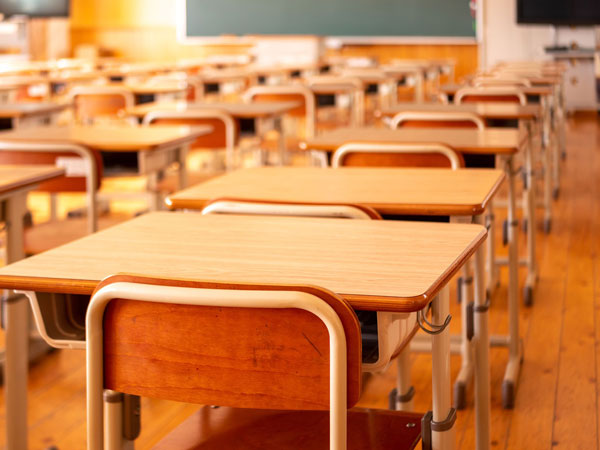Philippines revises school year and daily classes amid record heat

[School, Study, Education image, Photo Credit to Pixabay]
In response to record-breaking heat waves disrupting education nationwide, the Philippine government has enacted sweeping reforms to the school calendar and daily class schedules to protect students from climate-driven extreme temperatures.
Starting this academic year, schools opened two months earlier than usual, reverting to the traditional June-to-March calendar, to avoid the scorching months of April and May.
In-person classes are now limited to four hours a day, held only in the mornings, following last year’s historic heatwave that led to mass class suspensions affecting over six million students.
The decision comes in the wake of severe heat conditions in 2024, when temperatures soared to a record 38.8°C. The heat index, a measure that combines temperature and humidity, reached "danger" levels, forcing thousands of schools across the country, including nearly half in Metro Manila, to cancel classes.
Reports surfaced of heatstroke, nosebleeds, and even student hospitalizations, especially in overcrowded classrooms lacking air conditioning.
This year, authorities anticipate prolonged extreme heat due to the combination of climate change and the El Niño phenomenon. According to the national weather agency PAGASA, the months of April and May are expected to remain under high to extreme heat alerts, prompting the government to act preemptively.
To minimize classroom risks, schools are now required to install wall-mounted fans and provide accessible water stations. Newer schools have incorporated heat-reflective roofing, and some campuses have hired additional nurses.
Uniform requirements have been relaxed, allowing students to wear lighter, casual clothing distributed by local governments.
Acknowledging that only 3% of affected students had internet access during last year’s closures, the Department of Education has also mandated printed self-learning materials for remote use in case of future class suspensions.
However, education officials stress that these measures are temporary solutions.
"There is no true substitute for face-to-face learning," said Noel Gelua, principal of Senator Benigno S. Aquino Elementary School, one of many institutions operating in densely populated districts with inadequate infrastructure.
Despite a PHP 10 billion (USD 176 million) national budget allocated for climate adaptation and school upgrades, gaps remain, especially in Metro Manila, where over 18,000 classrooms are still needed.
Overcrowded schools have resorted to two shifts per day, cramming up to 50 students in small, poorly ventilated classrooms.
“It’s extremely difficult to teach in these conditions,” said Rizzadel Manzano, a high school teacher in Manila. “Students are constantly distracted, overheated, and exhausted.”
Parents also express growing concern about their children’s health. “My daughter comes home coughing,” said Cindella Manabat, whose 11-year-old studies four days a week due to classroom shortages.
“We do what we can, but it’s the school that needs more support.”
As temperatures continue to rise, the Philippine education system stands at the intersection of climate adaptation and educational equity.
The country’s response offers a glimpse into how nations on the frontlines of the climate crisis are being forced to rethink not just when, but how education happens.
Whether these emergency reforms will be sufficient to withstand the climate challenges ahead remains to be seen, but they mark a crucial first step in reimagining education systems in a rapidly warming world, where resilience, flexibility, and student safety must now go hand in hand.

- Sieun Park / Grade 11
- International School Manila

![THE HERALD STUDENT REPORTERS [US]](/assets/images/logo_student_us.png)
![THE HERALD STUDENT REPORTERS [Canada]](/assets/images/logo_student_ca.png)
